Here in the UK, we’re immensely proud of our cuisine, although frustratingly, many other cultures don’t see it this way. In fact, we’re often the butt of the joke when it comes to other countries mocking bizarre cuisine from around the world. To show you what we mean, here is a list of strange British meals that foreigners aren’t interested in trying out.
Black Pudding
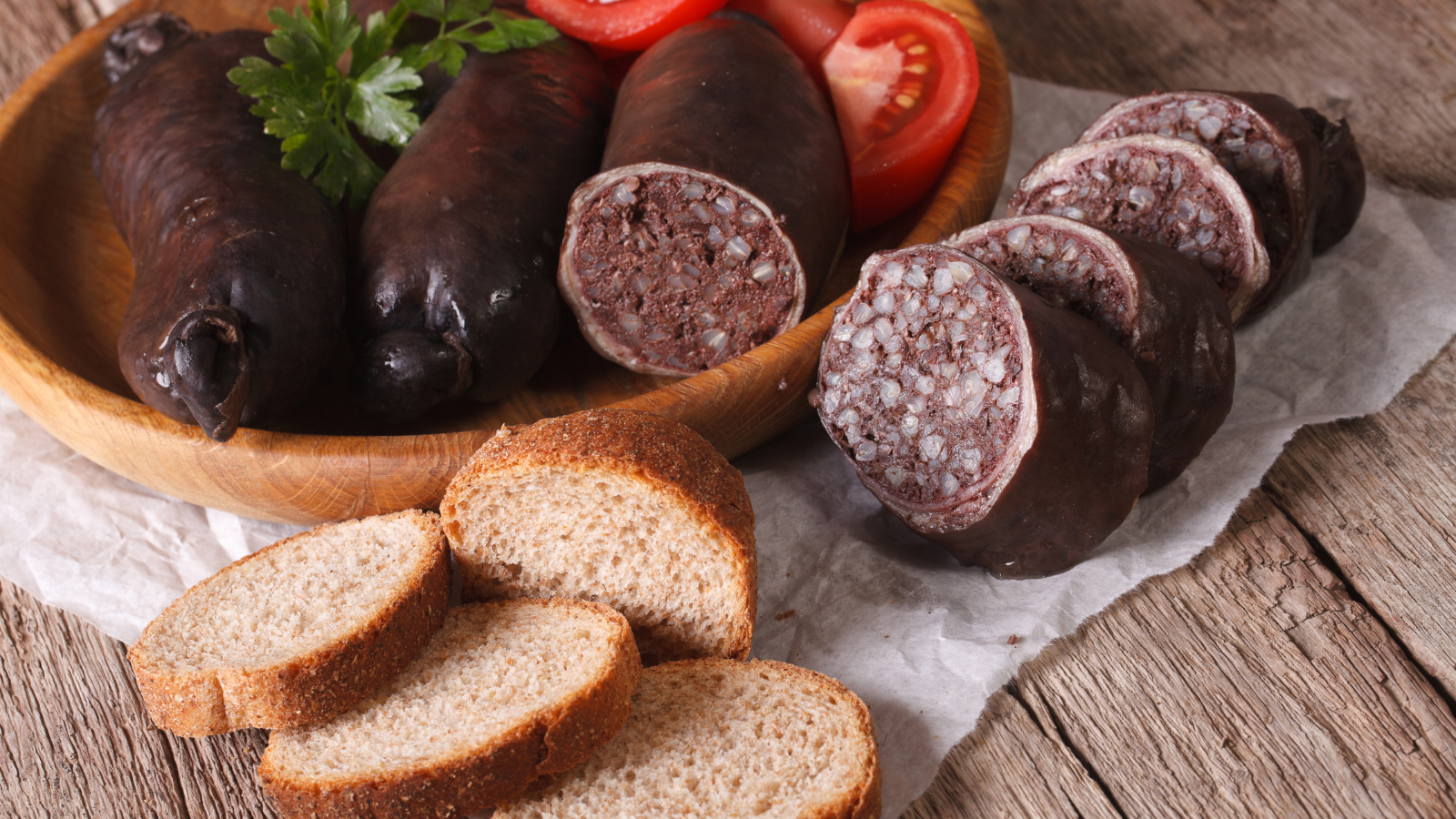
A traditional staple in British breakfasts, Britannica describes black pudding as being made from pig’s blood, fat, and oats. Honestly, that doesn’t sound particularly appetizing, but if you’ve ever tried it, you’ll know it’s delicious. Either way, it’s pretty understandable how the idea of eating a blood sausage is off-putting to many around the world.
Jellied Eels
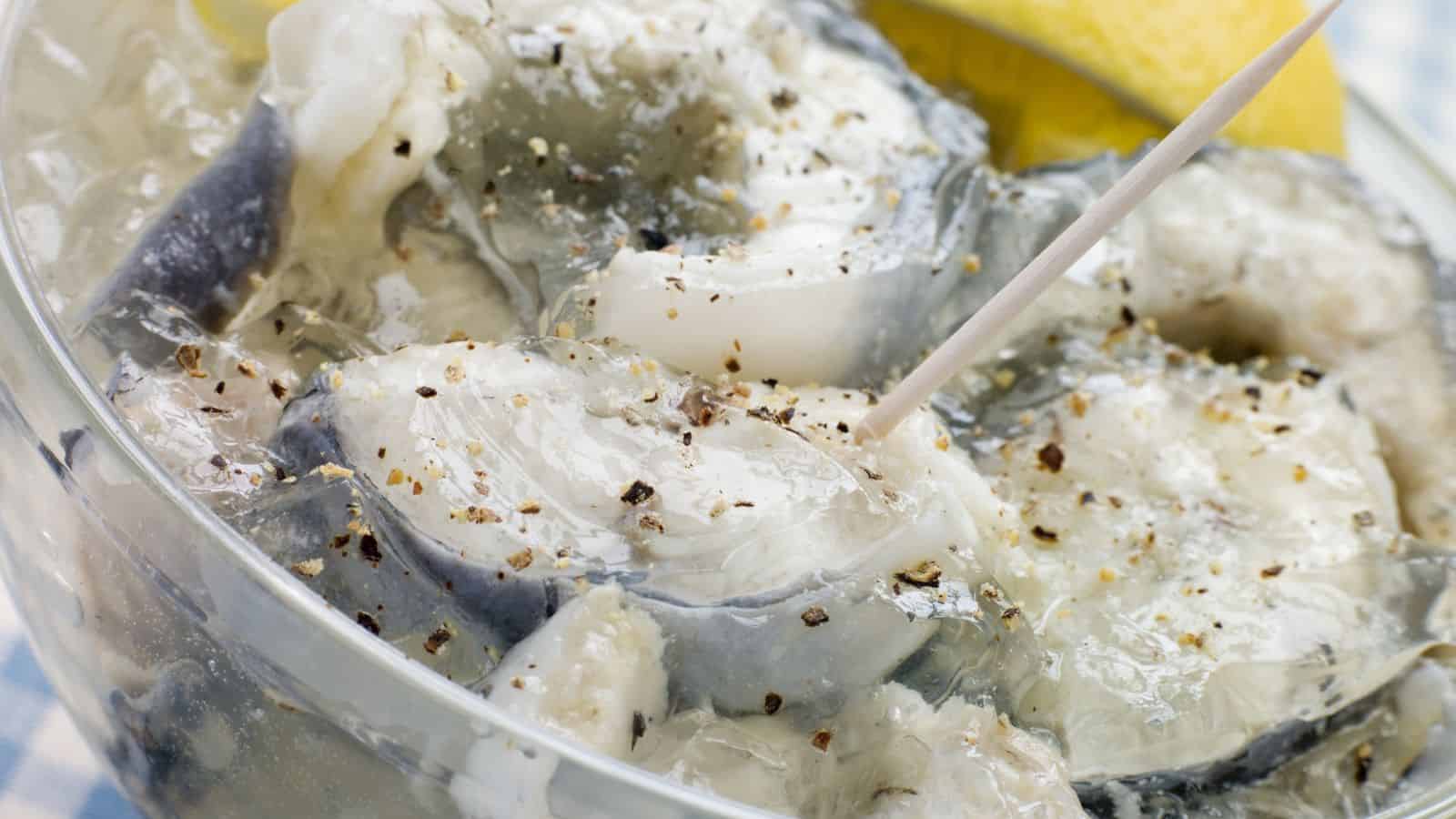
Moving onto something even more extreme, you’ll struggle to find a modern, young Brit who is interested in eating jellied eels despite it being such a historic dish from East London. Eel pieces are cooked and set in a gelatin made from their own juices, resulting in a slippery, cold “treat” typically served as a side dish or snack.
Spotted Dick
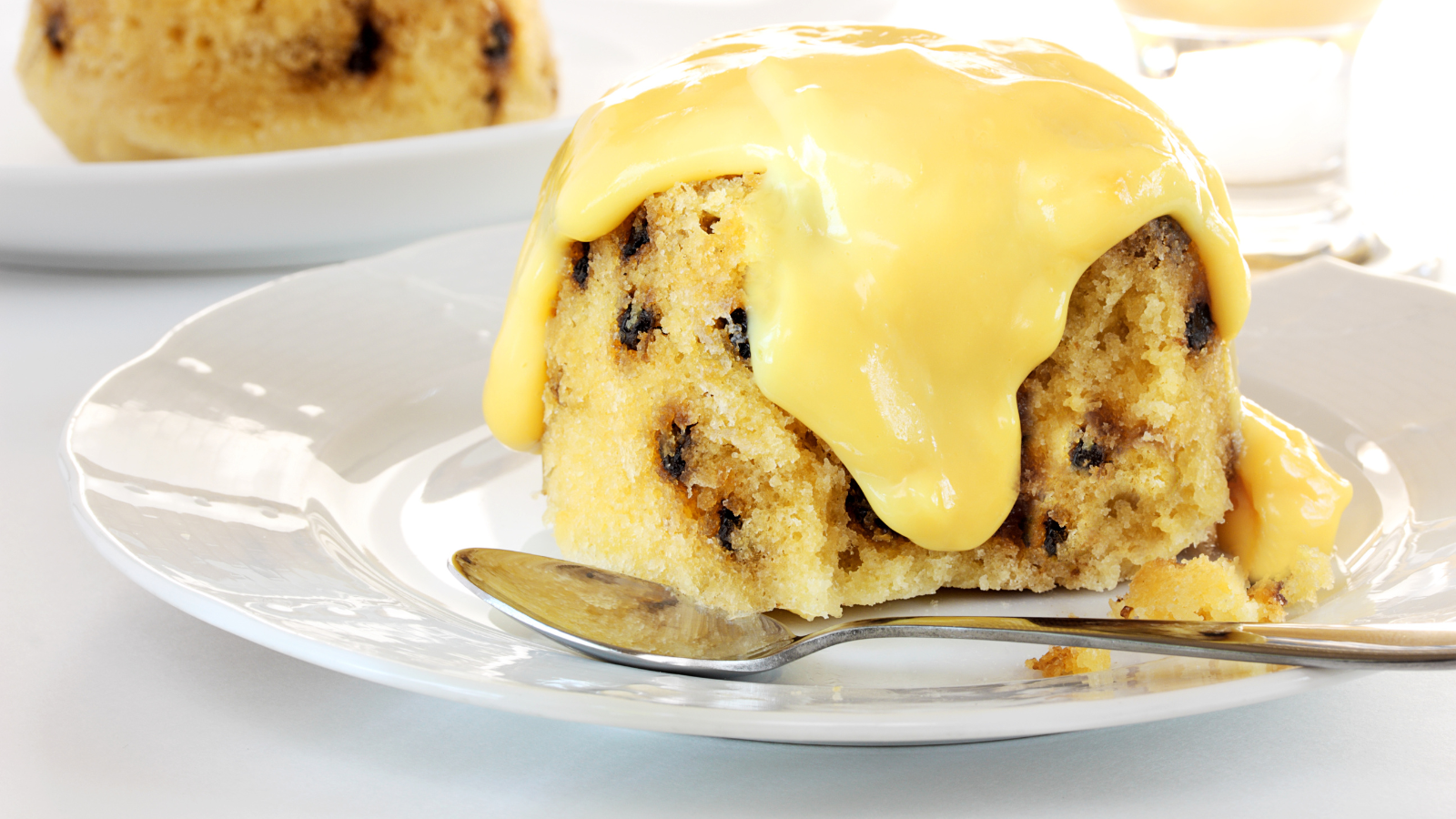
The reasons behind the world’s disgust for Spotted Dick are rather immature, and we’ll leave that down to your imagination. In reality, it’s a delicious steamed suet pudding studded with dried fruits like currants or raisins. We’d bet any money that if people from around the world tried it with a tasty coating of custard, they’d soon change their tune.
Stargazy Pie
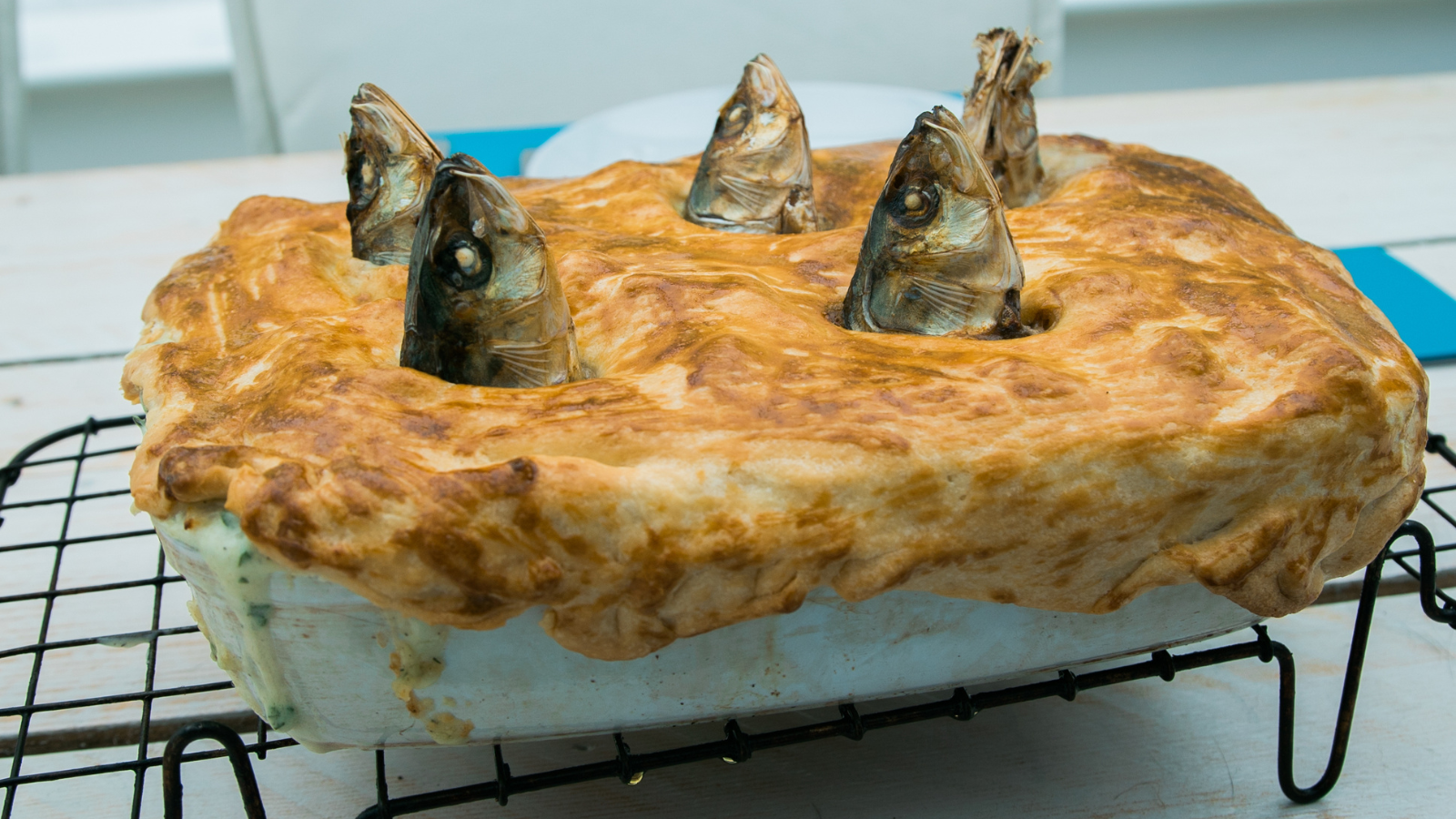
Originating from Cornwall, stargazy pie features whole fish (often pilchards or sardines) baked into a pie with their heads poking through the crust. Amusingly, the sight of fish staring up from the pie is meant to be charming, but in reality, it’s pretty unsettling to those unaccustomed to such a presentation. Remove the heads, though, and it’s actually just a tasty fish pie.
Haggis
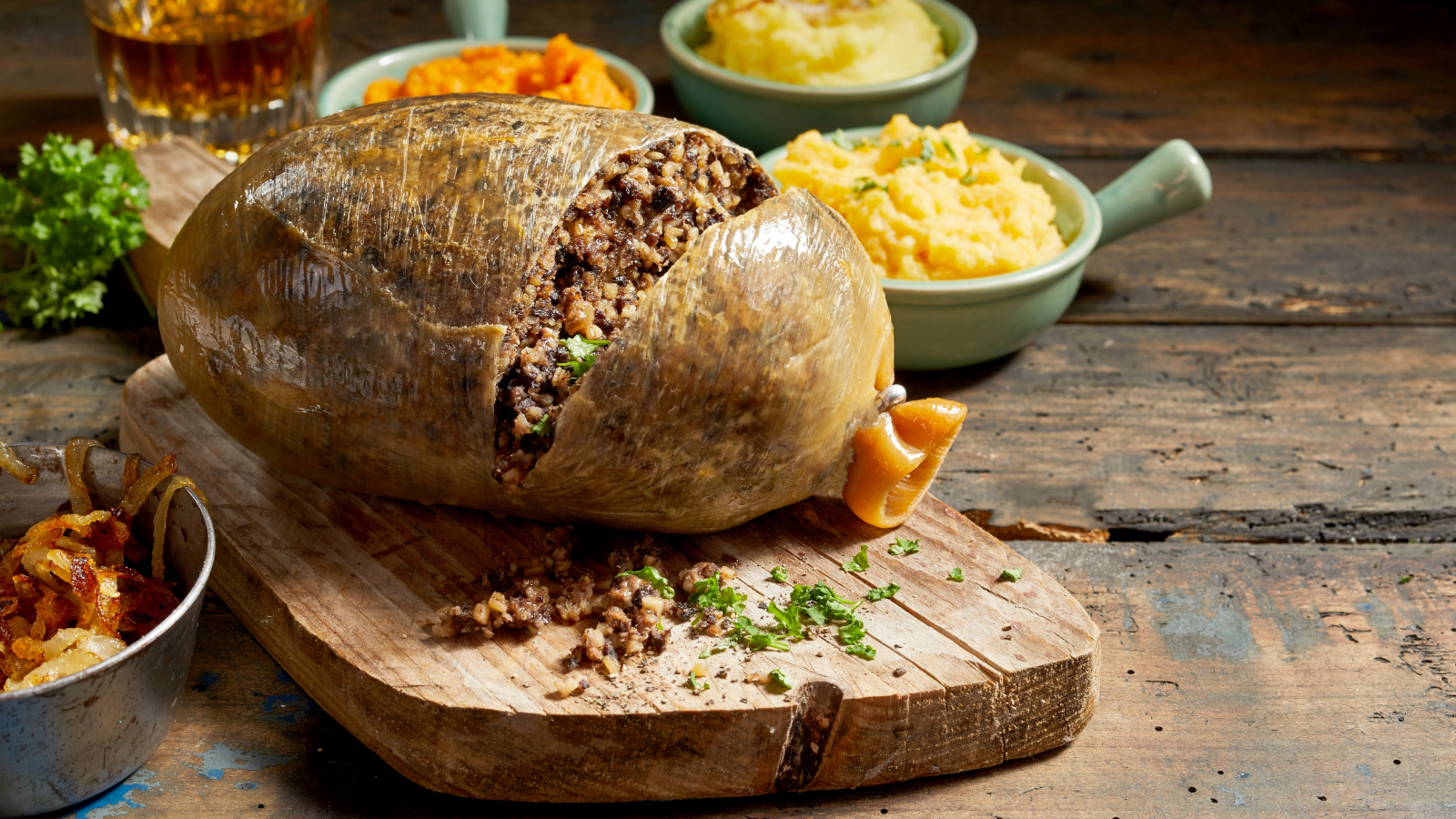
One of the most famous food items on this list is haggis, which is made from sheep’s offal mixed with oats, suet, and spices, all encased in a sheep’s stomach. The thought of eating organs encased in a stomach lining turns the stomachs of many foreigners, but just like with black pudding, they’d probably love it if they actually tried it.
Bread and Butter Pudding
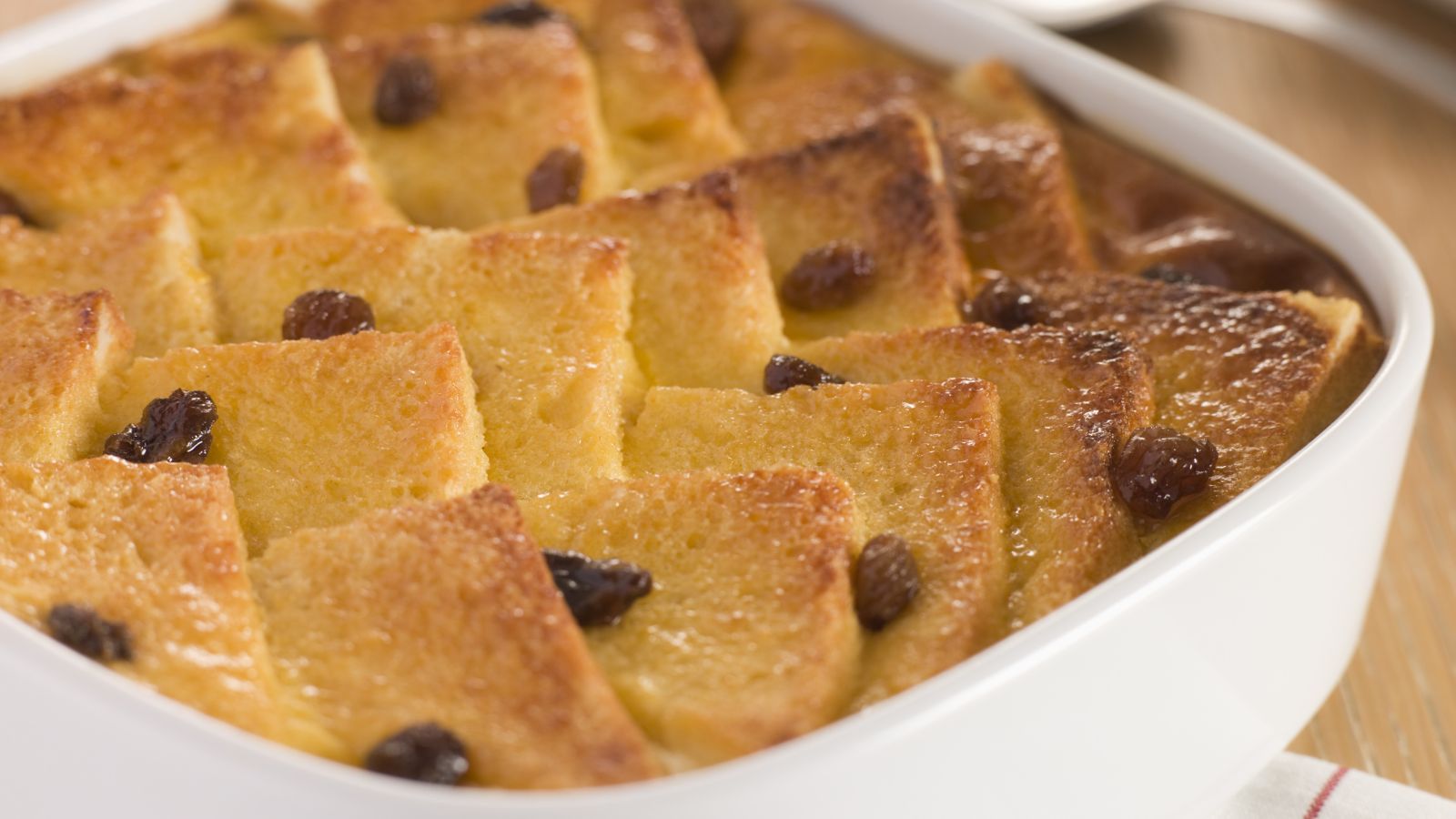
In the UK, we love having bread and butter pudding as a dessert, which is made from layers of buttered bread, raisins, and an egg custard poured over the top, then baked. While many enjoy its comforting, sweet flavor, others find the soggy bread texture unappealing. It’s a love-it-or-hate-it kind of dish, but personally, we’re in the first category.
Mushy Peas
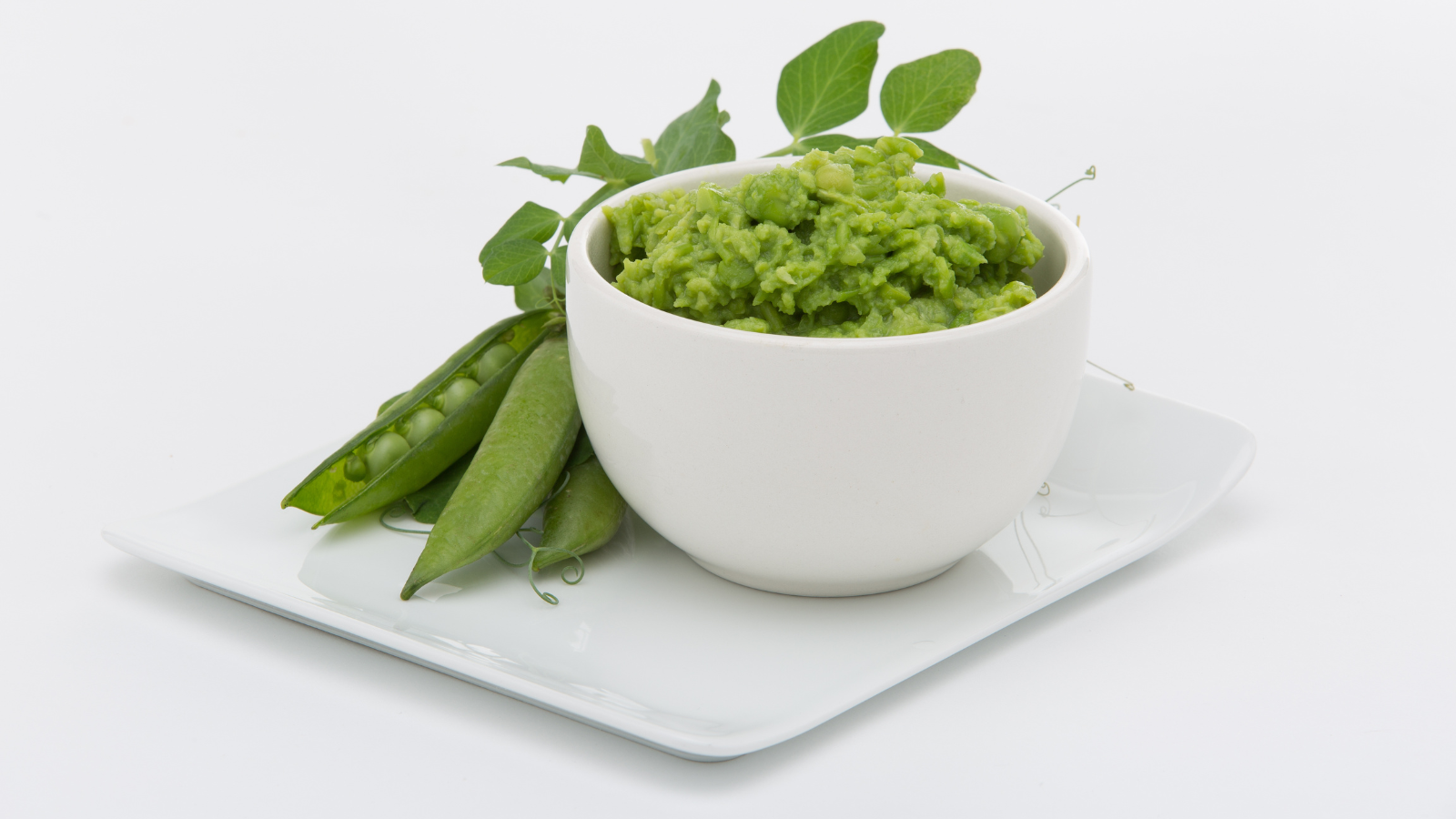
Many tourists in the UK are shocked to find mushy peas on the menu in fish and chips shops, made by boiling marrowfat peas until they become soft and, well, mushy. Though they add a pop of color and a familiar taste for Brits, the texture can be off-putting to those unaccustomed to this bright green mash.
Bovril
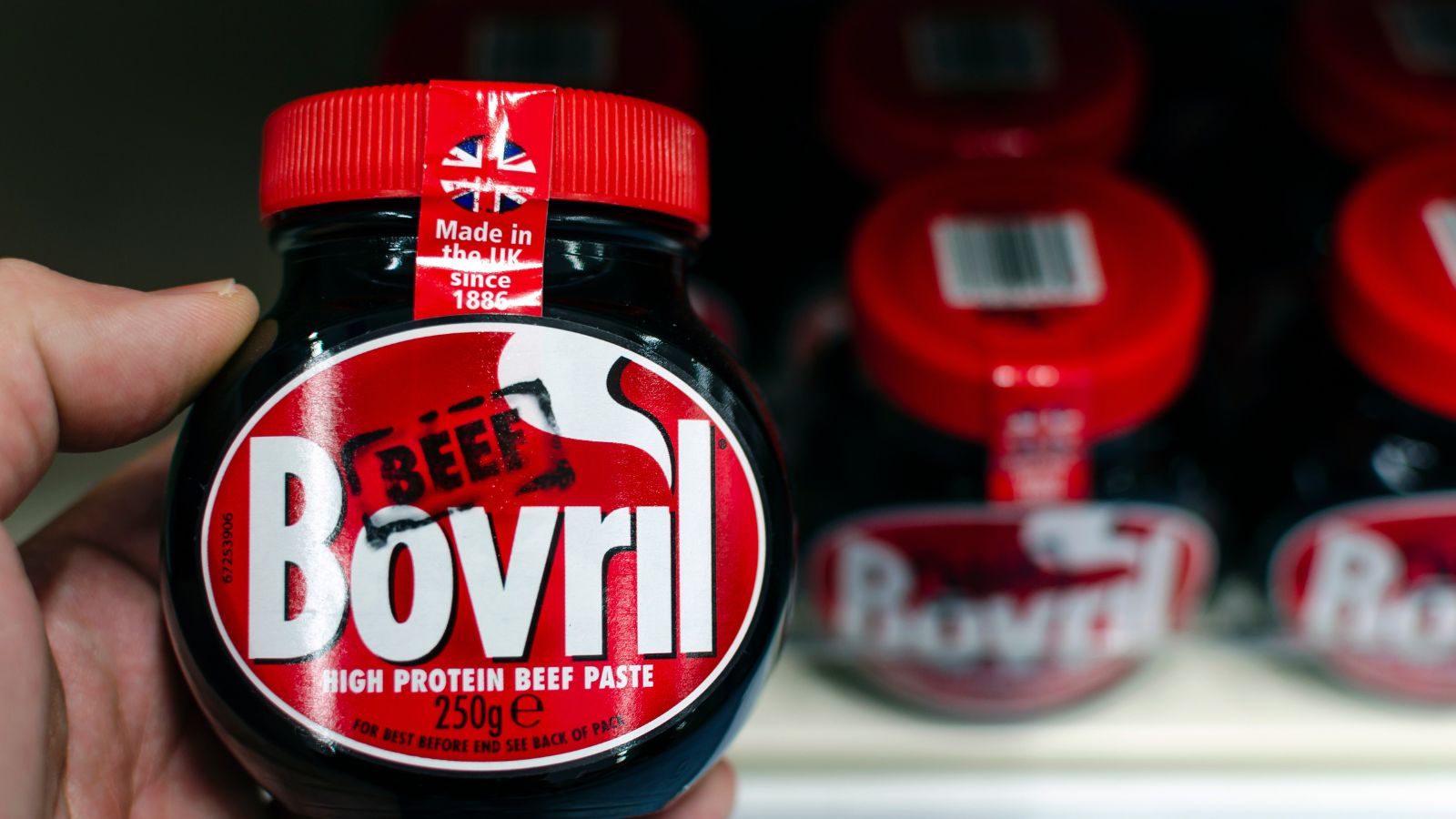
Bovril is a thick, salty beef extract used as a hot drink or spread. Often enjoyed as a warming, savory beverage, it has a strong, meaty flavor that’s reminiscent of a bouillon cube. However, for those not raised on Bovril, sipping beef-flavored broth might seem strange as a beverage choice.
Toad in the Hole

Another deeply misunderstood British meal is Toad in the Hole, which consists of sausages baked in Yorkshire pudding batter, creating a crispy-on-the-outside, fluffy-on-the-inside dish. We can all surely agree that this sounds delicious, but the name and bizarre appearance of the dish often leaves international diners, understandably, puzzled and hesitant to dig in.
Pork Pie
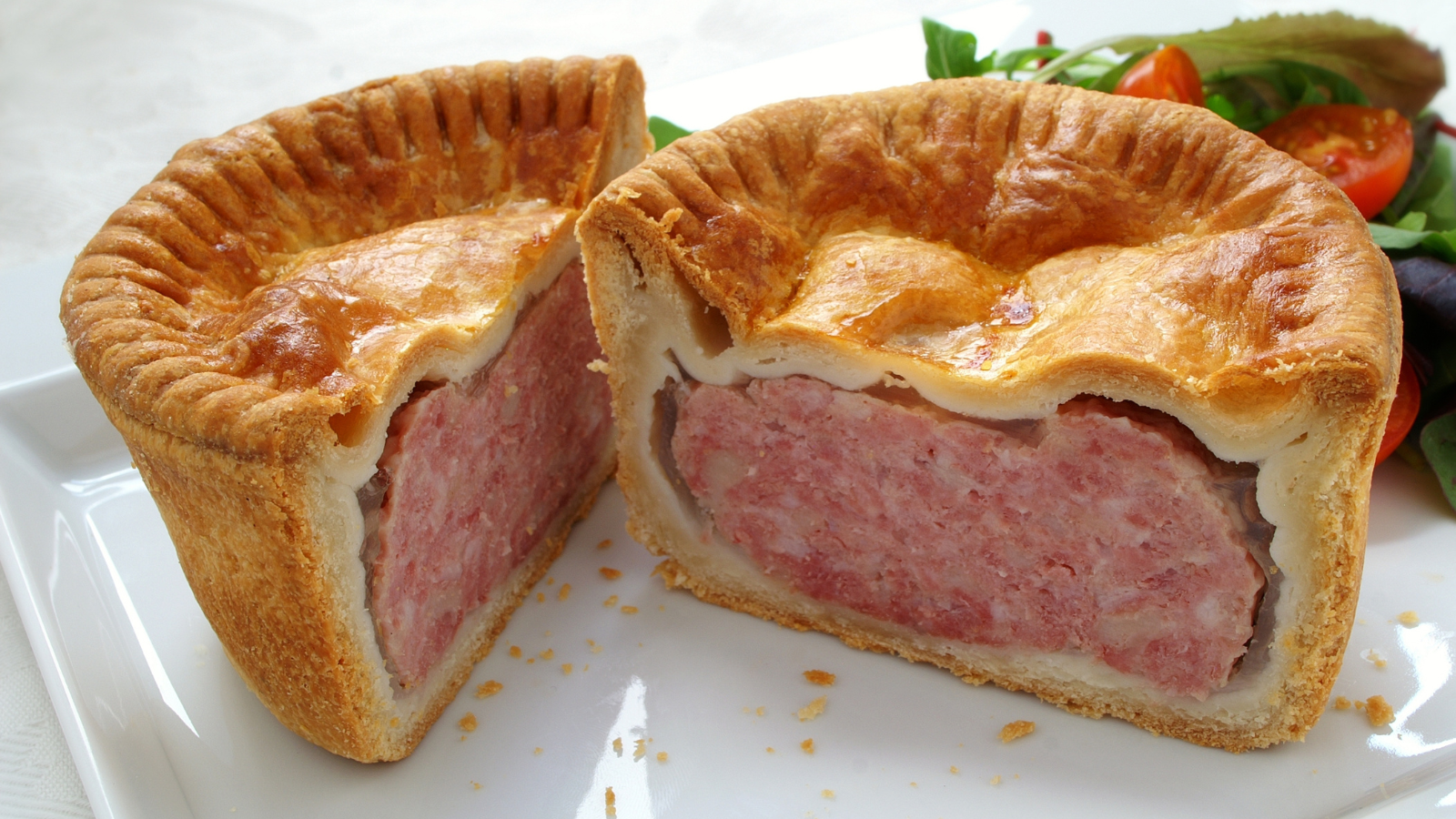
Ah, the humble pork pie, a great traditional British snack! They’re made from seasoned pork encased in a dense, hot water crust pastry, often with a layer of jelly surrounding the meat. Served cold, this savory pie is a popular choice for picnics among Brits, although the jelly certainly isn’t for everyone.
Kippers
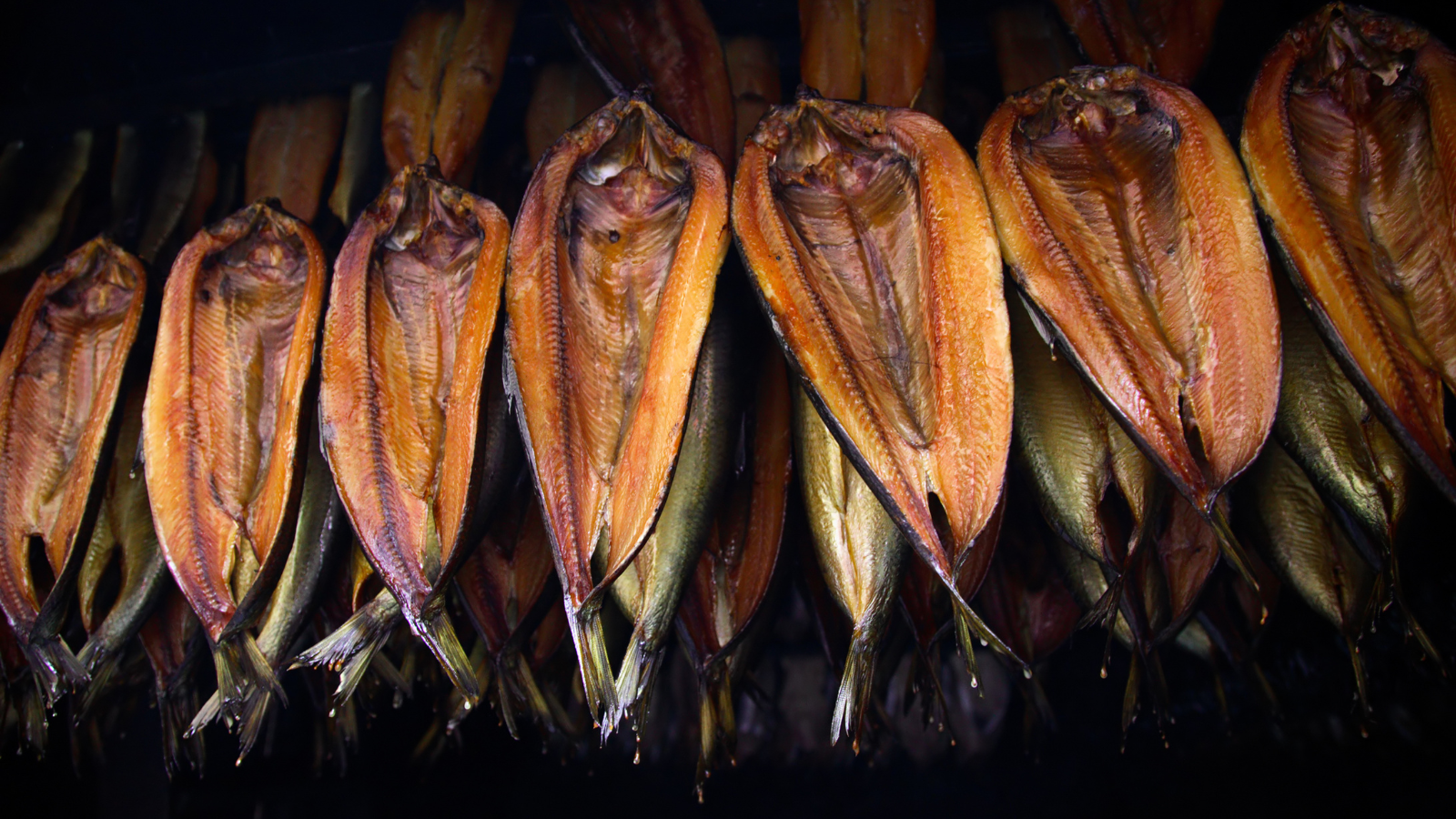
Many foreign tourists find it strange how some Brits, especially the older generation, eat kippers for breakfast. This fishy, pungent dish is an old-fashioned British breakfast favorite, but its intense aroma and flavor are not universally appreciated. Kippers can be an acquired taste, particularly for those unaccustomed to such strong, briny foods in the morning, but you won’t know whether you’ll like it unless you give it a try!
Suet Pudding
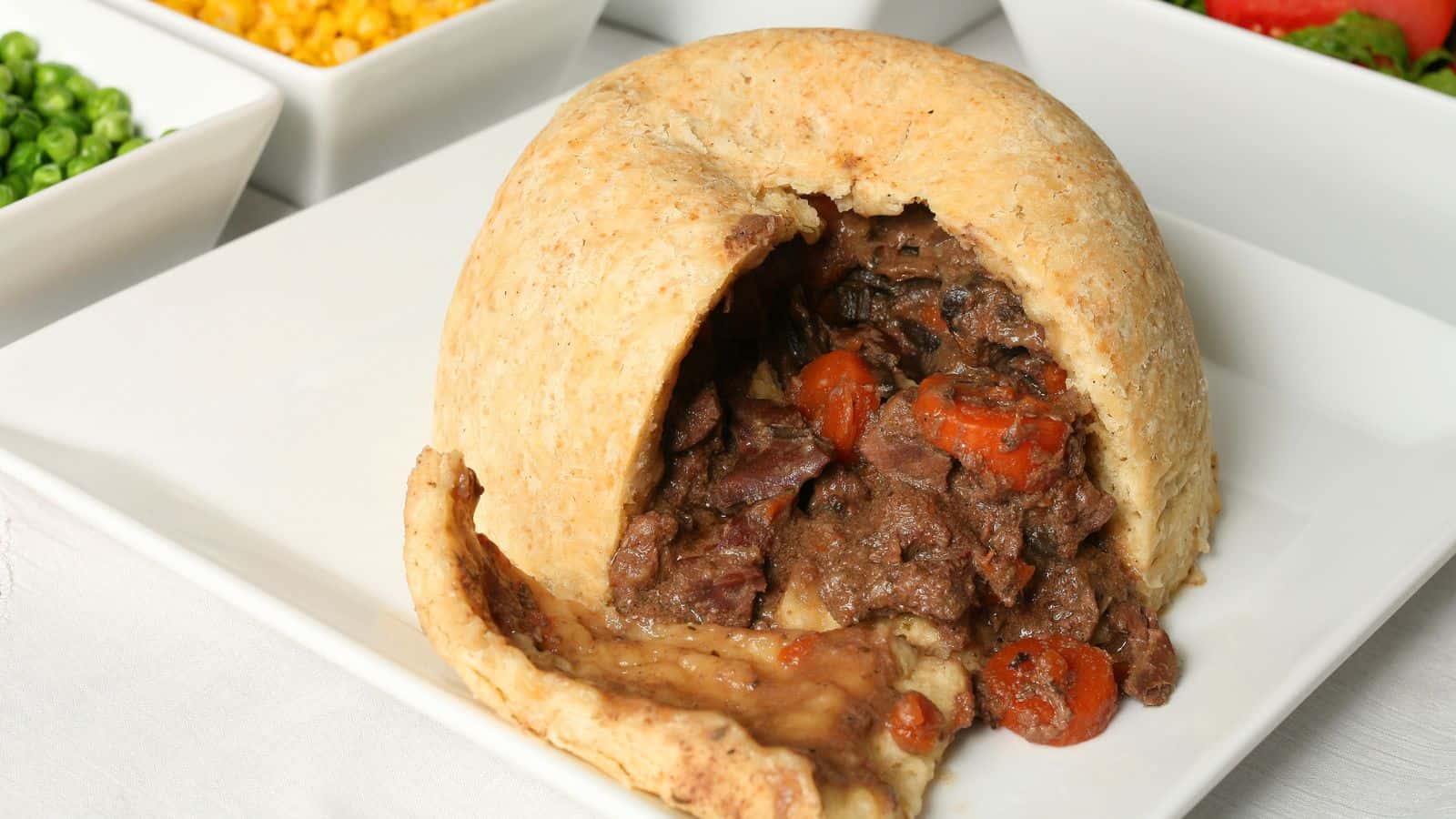
Another strange British cuisine that foreigners just aren’t interested in is suet puddings, which are savory or sweet dishes made from suet (beef or mutton fat) mixed with flour and other ingredients, then steamed or boiled. While they are hearty and filling, the idea of eating a pudding made with animal fat is a concept that doesn’t sit well with everyone, which is understandable.
Bubble and Squeak

Bubble and squeak is a traditional British dish made from leftover vegetables, typically potatoes and cabbage, fried together until crispy. Its name reflects the sounds it makes while cooking. Though it’s a clever way to use leftovers, the combination might seem odd to those unfamiliar with it, but they’re missing out.
Scotch Eggs
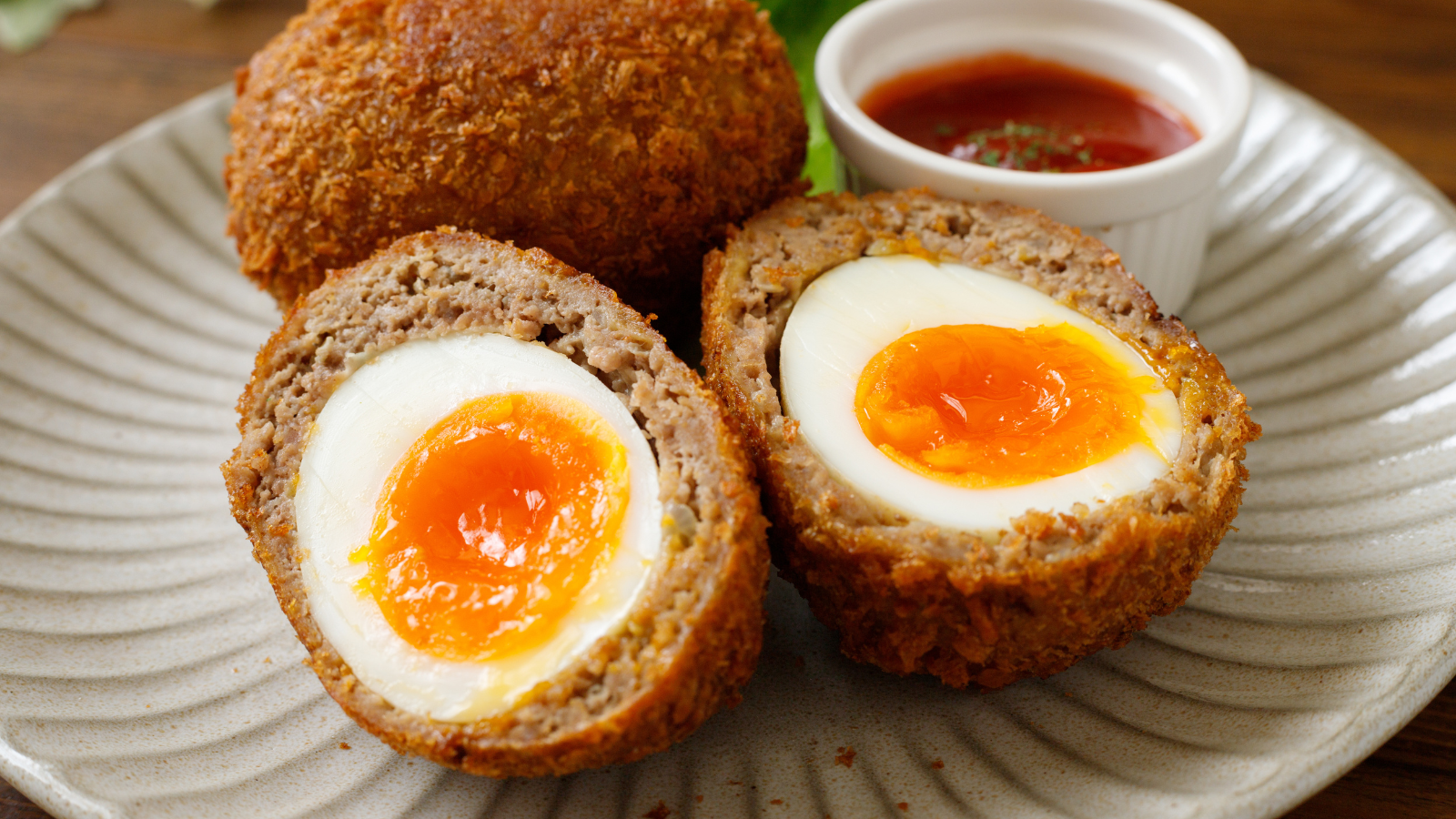
One of the more popular items on this list among Brits is the Scotch egg, which consists of a hard-boiled egg wrapped in sausage meat, coated in breadcrumbs, and deep-fried. This portable snack is often found in pubs and picnics across the UK. To us, it’s completely normalized, but reading that recipe back, it does sound rather strange.
Tripe

We can totally understand why many foreigners aren’t into the idea of tripe, which is essentially the stomach lining of cows. It’s a traditional ingredient in British cooking, often used in dishes like stews or pies, although you don’t see it much these days. Ultimately, its chewy texture and mild flavor make it a challenging dish for those not accustomed to eating offal, although visitors from Asian countries such as China and Thailand will most likely be used to the sensation.
Potted Shrimp
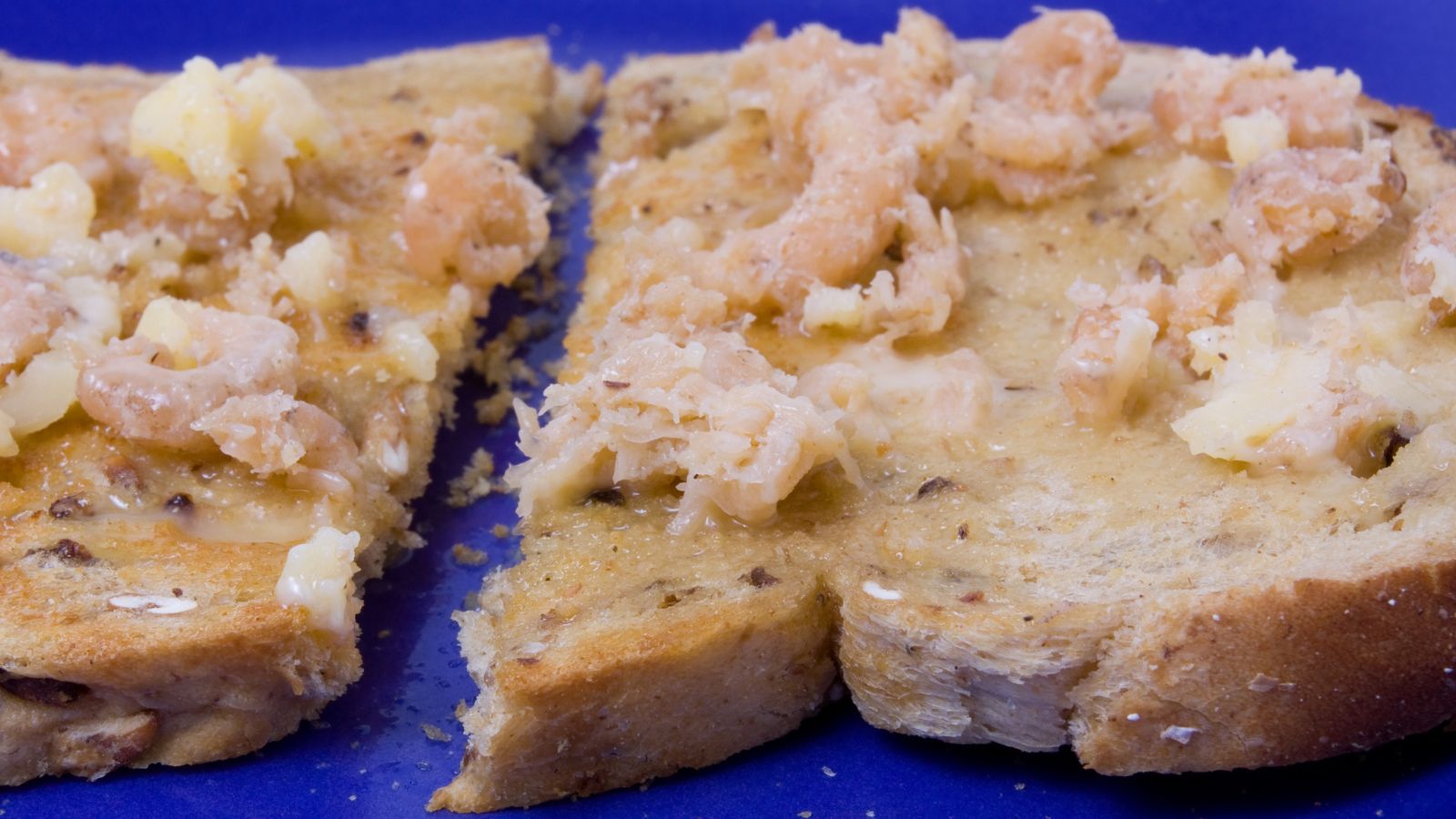
Even as a Brit, you may have never heard of potted shrimp, a dish made from small shrimp cooked in butter, flavored with spices, and then set in more butter to create a spread. It’s typically served cold on toast, which is the first problem for foreigners. Secondly, the idea of shrimp preserved in butter isn’t universally enticing, but it’s certainly worth a try in our books.
Laverbread
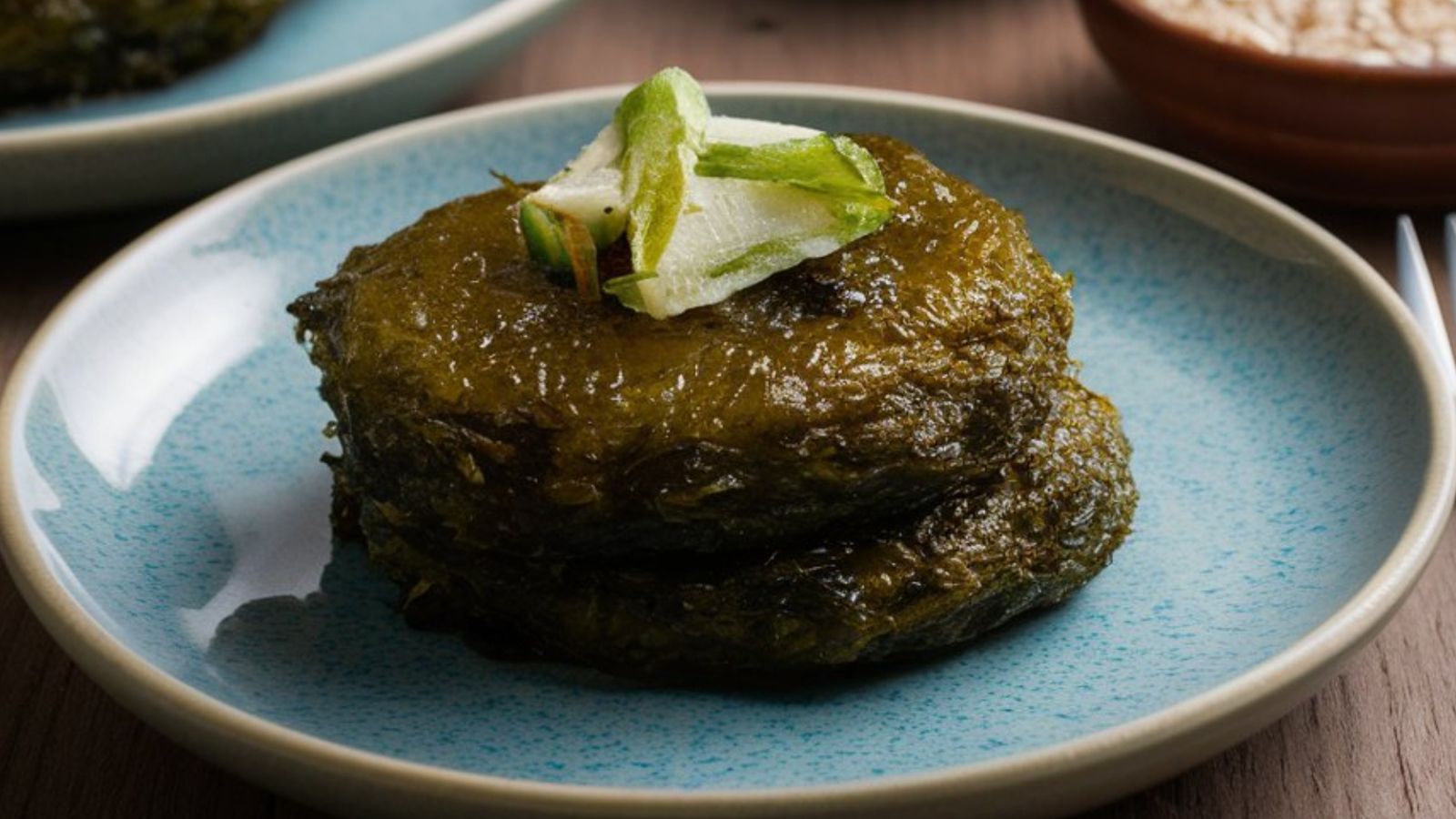
Finally, the famous Welsh dish of Laverbread, made from boiled and pureed seaweed, is a tasty, hearty treat served with oats or bacon. It has a salty, oceanic flavor that pairs well with breakfast foods, although admittedly, its dark, gelatinous appearance and strong taste can be off-putting to those unfamiliar with seaweed in this form.

